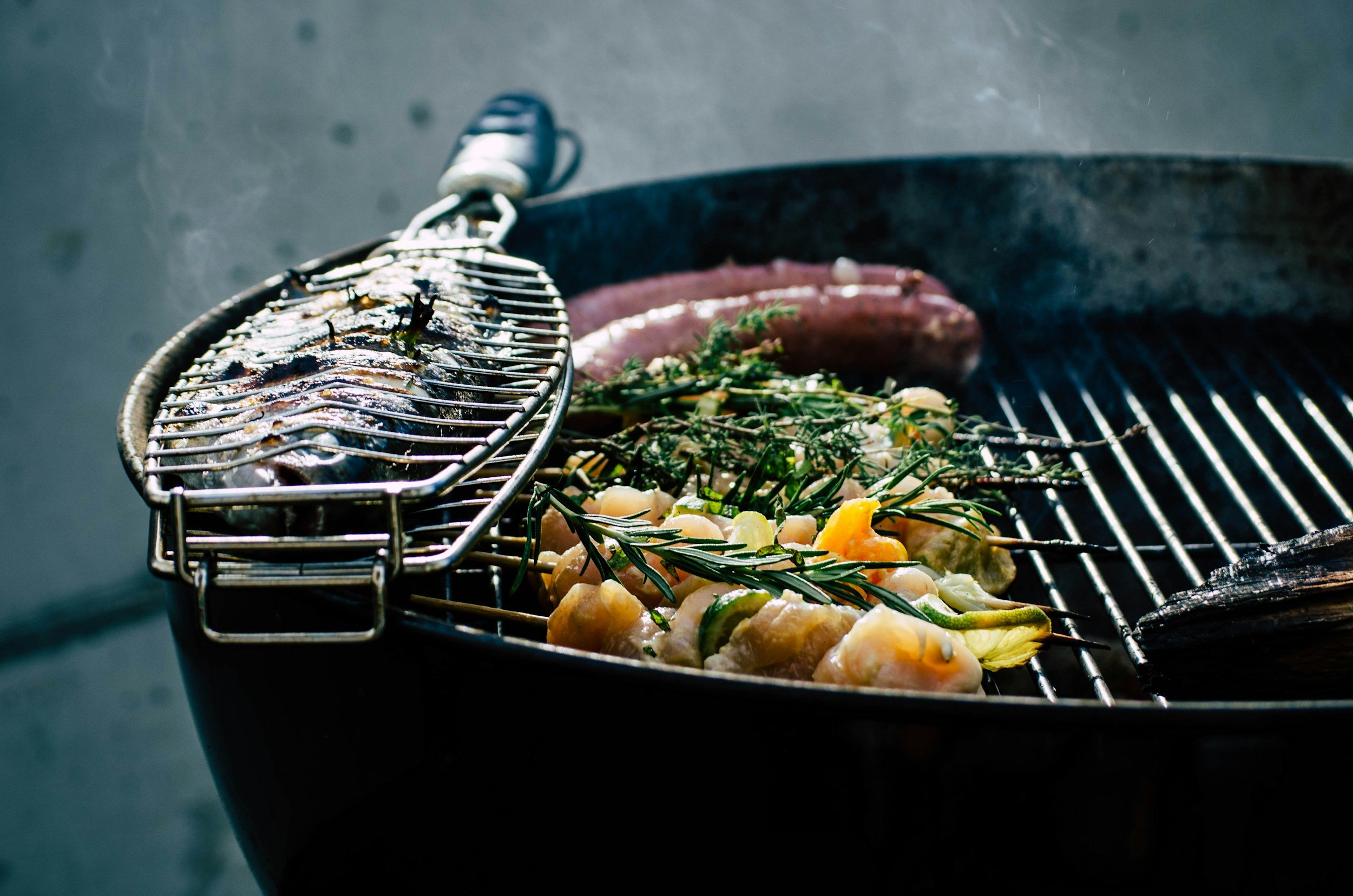How to Choose the Right Fly Rod
Selecting the perfect fly rod isn't just about equipment; it's about enhancing every cast, every catch, and every moment on the water. When it comes to a fly rod, there are intricacies of choosing a rod that aligns with your goals and fishing environments.
Understanding Fly Rod Specifications
Before getting into specifics, it's essential to understand the fundamental components that define a fly rod's performance: length, weight, and action.
Fly Rod Length
Fly rods typically range from 6 to 10 feet. The length you choose should correspond to the fishing environment:
Short Rods (6-8 feet): Ideal for tight spaces like small streams or creeks, where casting room is limited. These rods offer precision and are excellent for targeting smaller fish.
Medium-Length Rods (8-9 feet): The most versatile, suitable for a variety of settings including rivers and lakes. They balance casting distance with accuracy, making them a popular choice for many anglers.
Long Rods (9-10 feet): Best suited for large, open waters where long-distance casting is essential. They provide extended reach and superior line control but may require more skill to handle effectively.
Fly Rod Weight
The "weight" of a fly rod refers to the weight of the line it is designed to cast, typically ranging from 1-weight (lightest) to 14-weight (heaviest). Your target species and fishing conditions will dictate the appropriate rod weight:
1-3 Weight: Designed for small fish like panfish and small trout, offering delicate presentations in confined waters.
4-6 Weight: Suitable for medium-sized fish such as larger trout and bass, versatile enough for various freshwater environments.
7-9 Weight: Geared towards larger species like steelhead, salmon, and inshore saltwater fish, providing the power needed for bigger catches.
10-14 Weight: Reserved for big game fish such as tarpon and marlin, these rods handle heavy lines and large flies in demanding conditions.
Fly Rod Action
A rod's action describes how it flexes under load, influencing casting distance and accuracy:
Slow Action: Bends deeply along the rod length, allowing for gentle presentations. Ideal for small streams and delicate casts.
Medium Action: Offers a balance between flexibility and stiffness, bending from the middle. Suitable for a wide range of fishing scenarios, providing both distance and accuracy.
Fast Action: Flexes mostly at the tip, enabling long casts and better performance in windy conditions. Preferred when using larger flies or targeting strong fish.
Matching Your Fly Rod to Fishing Conditions
Selecting the right fly rod involves considering where and what you'll be fishing. Let's explore how different environments and target species influence your choice.
Small Streams and Creeks
In tight quarters with overhanging vegetation, a shorter rod (6-8 feet) with a light line weight (1-4) is advantageous. These rods allow for precise casts and delicate presentations, essential for not spooking wary fish in clear waters.
Medium to Large Rivers
For broader waterways, a medium-length rod (8-9 feet) with a 5 or 6 weight line offers versatility. This setup handles various fly sizes and can manage longer casts, adapting well to changing conditions.
Lakes and Ponds
Open still waters often require longer casts to reach feeding fish. A 9-foot rod with a 6 or 7 weight line provides the necessary power and distance, especially when using larger flies to mimic local prey.
Saltwater Flats and Coastal Areas
Saltwater species demand robust equipment. Rods ranging from 8 to 10 weight, typically 9 feet long, are standard. They offer the strength to cast against the wind and the backbone to fight powerful fish.
Building Your Fly Rod Arsenal
As you progress in fly fishing, you'll likely expand your collection to suit different fishing scenarios. Starting with a versatile rod, such as a 9-foot 5-weight, provides a solid foundation. From there, you can add specialized rods to match specific environments and target species.
Conclusion
Choosing the right fly rod is a blend of understanding technical specifications and aligning them with your fishing aspirations. By considering factors like rod length, weight, and action in relation to your typical fishing environments and target species, you can select a rod that enhances your angling experience. Remember, the perfect fly rod is one that feels like an extension of your arm, making each cast a pleasure and each catch a triumph.
FAQs
What is the most versatile fly rod for a beginner?
A 9-foot, 5-weight rod with medium-fast action is widely recommended for beginners due to its versatility across various fishing conditions.
How does rod action affect casting?
Rod action influences how the rod flexes and returns to its neutral position, affecting casting distance and accuracy. Fast action rods offer longer casts, while slow action rods provide more delicate presentations.
Can I use a freshwater fly rod in saltwater?
While it's possible, it's not advisable. Saltwater rods are designed to withstand corrosive environments and handle larger, stronger fish. Using a freshwater rod in saltwater can lead to damage and suboptimal performance.
How important is the reel compared to the rod?
While both are essential, the rod plays a more critical role in casting and fish handling. It's generally recommended to invest more in a quality rod than a reel when starting out.
What materials are fly rods made from?
Modern fly rods are primarily made from graphite or carbon fiber, offering a balance of strength and flexibility. Some specialty rods are made from fiberglass or bamboo, each providing unique casting characteristics.
// Related Posts About Fly Fishing












